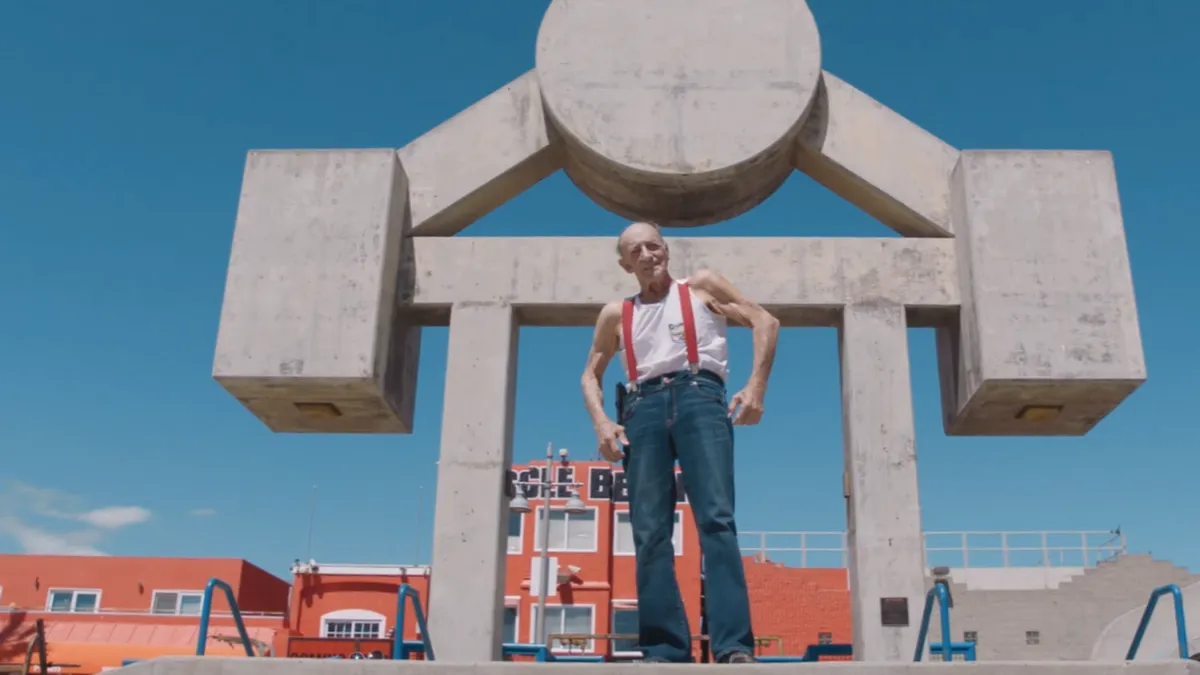Dive Brief:
- Marketers are putting 20% of their digital ad budgets into branded content and influencer marketing combined, meaning these complementary practices account for a larger portion of digital marketing budgets than any other category, including paid search, display, paid social and digital video, according to a survey Advertiser Perceptions emailed to Marketing Dive. The survey was conducted in November 2020.
- More than half of survey respondents that use branded content and influencers said doing so is more critical than it was a year earlier. About a third (32%) of advertisers said they boosted spending on branded content and 25% spent more on influencers during the second half of last year, the study found.
- A number of advertisers increased spending in the second half of 2020 after the pandemic and social justice movements disrupted marketing, with many favoring branded content and influencer marketing. Facebook, Instagram and YouTube are the top channels for branded and influencer content, and 35% of advertisers favor TikTok for influencer marketing, overtaking Microsoft's LinkedIn at 29%, the survey found.
Dive Insight:
Branded content and influencer marketing were a bigger priority for advertisers as they ramped up marketing activity in the second half of 2020, a trend that appears to be continuing in 2021. With marketers' supply systems under pressure, many focused on upper-funnel activity. However, amid people's worries about the pandemic and growing awareness of social justice issues after George Floyd was killed by police last year, advertisers determined it could be insensitive to hard-sell products, so they embraced branded content and influencer marketing to drive awareness while showing brands' human sides, the Advertiser Perceptions study indicates.
In addition to raising awareness, advertisers also wanted to engage consumers in lower-funnel activities like direct sales as homebound consumers spent more time shopping online, the study indicates. Branded content and influencer marketing gives brands more flexibility to engage consumers throughout the purchase funnel. E-commerce sales in the U.S. surged 42% to $813 billion last year, including $188.2 billion in November and December as shoppers flocked to online retailers during the holiday season, according to Adobe's e-commerce unit.
"Advertisers have to move their efforts up and down the funnel unexpectedly — that's the nature of our world now," said Sarah Bolton, executive vice president at Advertiser Perceptions, in a statement. "Branded content and influencer programs let them do that. These resurgent strategies are proving useful for any campaign goal."
Further supporting the need for flexibility, the survey found that more than a third of advertisers are prioritizing media outlets that can include click-to-buy links in their branded and influencer content. Eighty percent of marketers want shoppable content for influencers, while 74% want it in branded content.
Two-thirds of advertisers said branded and influencer content is easier to execute than it was two years ago, a sign of growing sophistication in how advertisers are adopting those programs. Many brands are setting up in-house studios to increase their output of branded content. At the same time, the services for brands related to influencer marketing now include enhanced capabilities around connecting with influencers and transparent pricing, per the report.
As they undertake more branded content and influencer marketing programs, marketers should try to break down silos in their organizations, according to Advertiser Perceptions. Better coordination across creative, digital, media, PR and in-house teams is needed for success.
Advertiser Perceptions surveyed 205 advertising executives, 46% at marketers and 54% at agencies, to determine how the pandemic and social justice movements affected decisions about digital advertising.












